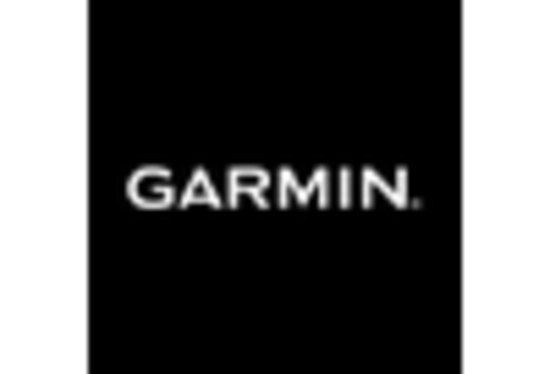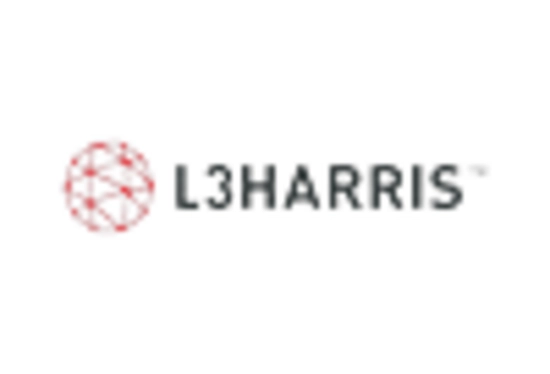Rising Air Travel Demand
The Airplane Machmeter Market is significantly influenced by the rising demand for air travel. As more individuals and businesses opt for air transportation, airlines are expanding their fleets to accommodate this growth. According to recent data, the commercial aviation sector is projected to grow at a compound annual growth rate of approximately 4.5% over the next decade. This expansion necessitates the incorporation of advanced machmeters in new aircraft to ensure optimal performance and safety. Airlines are increasingly focused on enhancing operational efficiency, which includes the accurate measurement of airspeed and mach number. Consequently, the demand for reliable machmeters is expected to rise, driving the Airplane Machmeter Market forward. Additionally, the need for retrofitting older aircraft with modern machmeters to comply with updated safety regulations further contributes to market growth.
Increased Focus on Safety Regulations
The Airplane Machmeter Market is also shaped by an increased focus on safety regulations within the aviation sector. Regulatory bodies are continuously updating safety standards to enhance the reliability of aircraft systems, including machmeters. Compliance with these regulations is essential for airlines and manufacturers, as non-compliance can lead to severe penalties and operational disruptions. The introduction of stringent guidelines regarding speed measurement and performance monitoring has led to a heightened demand for advanced machmeters that meet these requirements. As a result, manufacturers are compelled to innovate and produce machmeters that not only comply with existing regulations but also anticipate future standards. This trend is likely to bolster the Airplane Machmeter Market, as stakeholders prioritize safety and regulatory compliance in their operational strategies.
Technological Advancements in Aviation
The Airplane Machmeter Market is experiencing a surge in demand due to rapid technological advancements in aviation. Innovations in avionics and instrumentation are enhancing the accuracy and reliability of machmeters, which are crucial for modern aircraft operations. The integration of digital displays and advanced sensors is transforming traditional machmeters into sophisticated devices that provide real-time data to pilots. This shift is likely to drive market growth, as airlines and manufacturers seek to upgrade their fleets with state-of-the-art technology. Furthermore, the increasing complexity of flight operations necessitates precise speed measurements, thereby reinforcing the importance of machmeters in ensuring safety and efficiency in aviation. As a result, the Airplane Machmeter Market is poised for expansion, with manufacturers investing in research and development to meet the evolving needs of the aviation sector.
Emergence of Electric and Hybrid Aircraft
The Airplane Machmeter Market is witnessing a transformation with the emergence of electric and hybrid aircraft. As the aviation industry seeks to reduce its carbon footprint, manufacturers are investing in alternative propulsion systems that require specialized instrumentation, including machmeters. These new aircraft designs necessitate advanced machmeters capable of accurately measuring speed in varying flight conditions. The shift towards sustainable aviation solutions is expected to create new opportunities within the Airplane Machmeter Market, as manufacturers adapt their products to meet the unique requirements of electric and hybrid aircraft. Furthermore, the growing interest in urban air mobility and regional air transport solutions is likely to drive innovation in machmeter technology, ensuring that these instruments remain relevant in an evolving aviation landscape.
Growing Investment in Aviation Infrastructure
The Airplane Machmeter Market is benefiting from growing investments in aviation infrastructure. Governments and private entities are increasingly allocating funds to enhance airport facilities and expand air traffic management systems. This investment is crucial for accommodating the rising number of flights and improving overall operational efficiency. As airports upgrade their infrastructure, there is a corresponding need for modern aircraft equipped with advanced machmeters to ensure accurate speed measurements during takeoff, landing, and cruising. The expansion of aviation infrastructure is likely to stimulate demand for new aircraft, thereby driving the Airplane Machmeter Market. Additionally, the modernization of existing fleets to incorporate advanced machmeters aligns with the broader trend of improving safety and efficiency in air travel.

















Leave a Comment